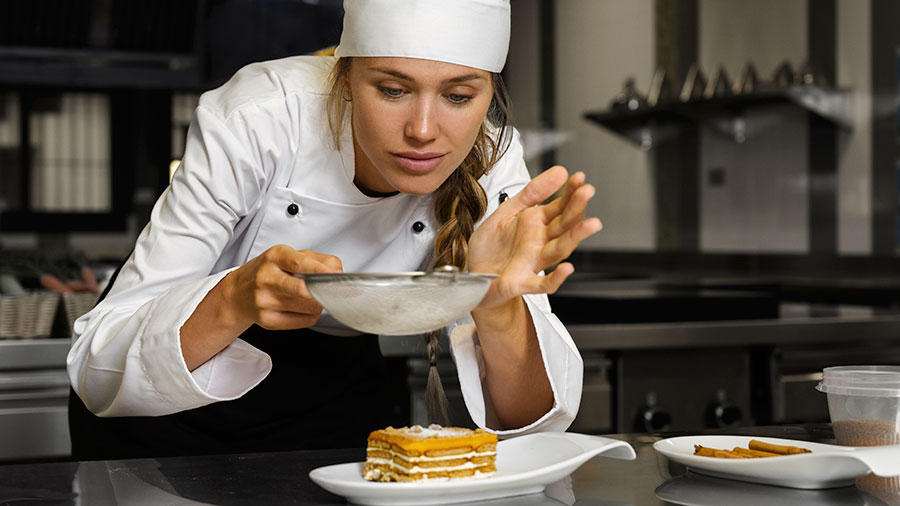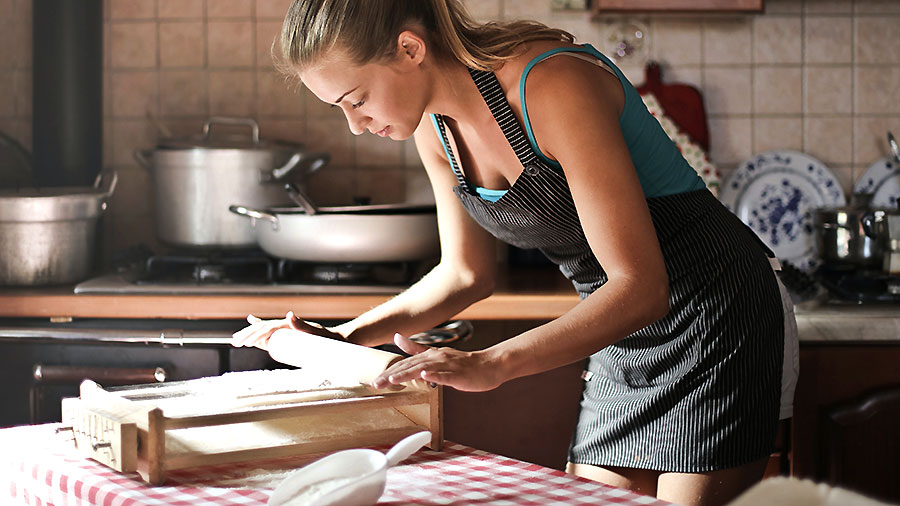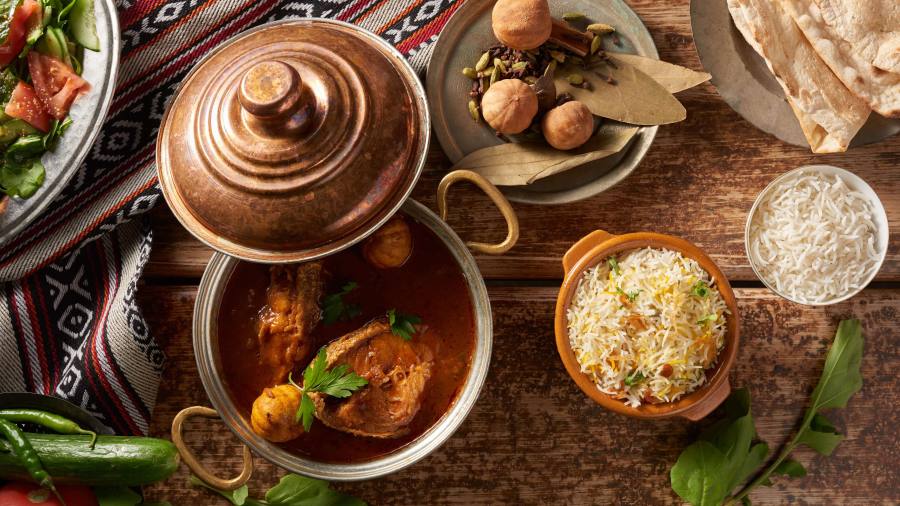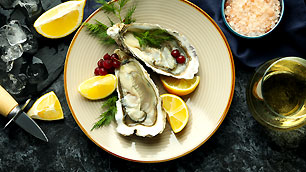Classic Chinese
Kung Pao Chicken
Ready to embark on a culinary adventure to China? This tantalizing Kung Pao Chicken recipe is your ticket. A staple of Sichuan cuisine, this dish masterfully balances spicy, sweet, and savory elements to create a flavor symphony in every mouthful. Don't worry if you're not a culinary expert – this recipe will walk you through creating an authentic, restaurant-worthy meal in your kitchen.
Chef's Notes:
- Kung Pao Chicken is a beloved Sichuan dish that combines tender chicken, crunchy peanuts, and a bold spicy-sweet sauce.
- Authentic flavor is achieved through the use of Sichuan peppercorns and Chinese black vinegar.
- This versatile recipe can be easily adapted to suit individual tastes in spice level and vegetable content.
The Origins of Kung Pao Chicken
Gong Bao Ji Ding, as it's known in Chinese, boasts a fascinating history tracing back to the Qing Dynasty. Originally named after a Sichuan governor, this dish has undergone various transformations over time. It spread throughout China before finding its way to Western palates. While the Western version has been slightly adapted, it still retains the essential elements that make it so captivating.
Key Ingredients
The allure of Kung Pao Chicken stems from its unique blend of ingredients. Here's your shopping list:
- Boneless, skinless chicken thighs (for optimal juiciness)
- Roasted peanuts
- Dried red chilies
- Sichuan peppercorns
- Chinese black vinegar
- Dark soy sauce
- Shaoxing wine
- Vegetables (bell peppers, zucchini, and green onions)
Each ingredient plays a vital role in crafting the dish's distinctive flavor profile. Sichuan peppercorns offer a unique numbing sensation, while Chinese black vinegar contributes depth and a tangy kick to the sauce.
Preparing the Chicken
The foundation of exceptional Kung Pao Chicken lies in proper meat preparation. Begin by dicing your chicken thighs into uniform, bite-sized cubes, approximately 3/4 inch in size. This ensures even cooking and easy consumption.
We'll then employ a technique called "velveting" to ensure the chicken remains moist and tender. In a bowl, combine the chicken cubes with:
- 1 teaspoon cornstarch
- 1 teaspoon Shaoxing wine
- 1 teaspoon soy sauce
- 1/2 teaspoon oil
Allow the chicken to marinate for a minimum of 15 minutes. This process not only infuses flavor but also creates a protective layer that keeps the meat succulent during cooking.
Creating the Perfect Sauce
The sauce is the soul of Kung Pao Chicken, harmonizing all the flavors. In a small bowl, combine:
- 2 tablespoons light soy sauce
- 2 teaspoons dark soy sauce
- 1 tablespoon Chinese black vinegar
- 1 tablespoon Shaoxing wine
- 2 tablespoons sugar
- 1/3 cup water
- 1 teaspoon cornstarch
The blend of light and dark soy sauce provides complexity, while the Chinese black vinegar adds a sophisticated tanginess. Sugar balances the savory and spicy elements, resulting in a harmonious flavor fusion.
Cooking the Dish
Now for the thrilling part – bringing all the components together. Heat your wok or large skillet over high heat. Add a tablespoon of oil, swirling to coat the pan. Once it's smoking hot, add the marinated chicken and stir-fry until nearly cooked through, about 2-3 minutes.
Set the chicken aside and return to the same pan. Add another tablespoon of oil along with:
- 4-6 dried red chilies, cut into small pieces
- 1 teaspoon Sichuan peppercorns
- 2 cloves of minced garlic
- 1 teaspoon minced ginger
Stir-fry these aromatics for roughly 30 seconds until fragrant. The aroma will be mouthwatering! Next, add your chosen vegetables and stir-fry for an additional minute or two until they reach crisp-tender perfection.
Reintroduce the chicken to the pan, along with 1/2 cup of roasted peanuts. Give everything a thorough stir, then pour in your prepared sauce. Cook, stirring constantly, until the sauce thickens and evenly coats all ingredients.
Serving Suggestions
Serve your Kung Pao Chicken piping hot, garnished with sliced green onions and a sprinkle of toasted sesame seeds. It's a perfect match for steamed white rice, which helps soak up the delectable sauce. For a lower-carb alternative, try serving it with cauliflower rice or in lettuce wraps.
Customizing Your Kung Pao Chicken
One of the dish's greatest strengths is its adaptability. Feel free to adjust the heat level by increasing or decreasing the amount of dried chilies and Sichuan peppercorns. Experiment with different vegetables – celery, water chestnuts, or baby corn make excellent additions.
For a vegetarian twist, try substituting the chicken with firm tofu or mushrooms. The sauce complements these alternatives beautifully, creating a satisfying meat-free option.
Nutrition Facts
Here's an approximate breakdown of the nutrition facts per serving (based on 4 servings):>
-
- Calories: 380
- Protein: 28g
- Fat: 22g
- Carbohydrates: 18g
- Fiber: 3g
- Sugar: 8g
- Sodium: 650mg
Keep in mind that these values may vary based on specific ingredients and portion sizes.
Tips for Success
To ensure your Kung Pao Chicken turns out flawlessly every time, remember these tips:
- Utilize high heat and a well-seasoned wok for optimal flavor and texture.
- Avoid overcooking the chicken – it should be just cooked through to maintain tenderness.
- Fine-tune the sauce consistency to your preference by adding more water if too thick, or simmering longer if too thin.
- Toast your peanuts before adding them to the dish for extra crunch and flavor depth.
With practice, you'll soon be whipping up Kung Pao Chicken that rivals your favorite Chinese restaurant. So grab your wok, fire up the stove, and prepare to dazzle your taste buds and dinner guests alike!
FAQs
Is Kung Pao Chicken very spicy?
Authentic Kung Pao Chicken can pack quite a punch, but the beauty of homemade versions is the ability to tailor the heat to your liking. Begin with fewer dried chilies and Sichuan peppercorns, then gradually increase to find your perfect spice level.
Can I use chicken breast instead of thighs?
Certainly! While chicken thighs are the traditional choice for their succulence, breast meat works well too. Just be vigilant about cooking time, as breast meat tends to dry out more quickly than thighs.
What can I use if I can't find Sichuan peppercorns?
While Sichuan peppercorns contribute a unique flavor, a delicious Kung Pao Chicken is still achievable without them. Try a blend of black pepper and coriander seeds as a substitute, or simply omit them and adjust the other seasonings to taste.
Is there a vegetarian version of Kung Pao Chicken?
Absolutely! Create a vegetarian Kung Pao dish by swapping the chicken for firm tofu, tempeh, or an assortment of mushrooms. The sauce and cooking method remain unchanged, resulting in a delightful meat-free alternative.





























 Gastronomy Cities
Gastronomy Cities
 Amazing Food
Amazing Food
 Chef's Talk
Chef's Talk